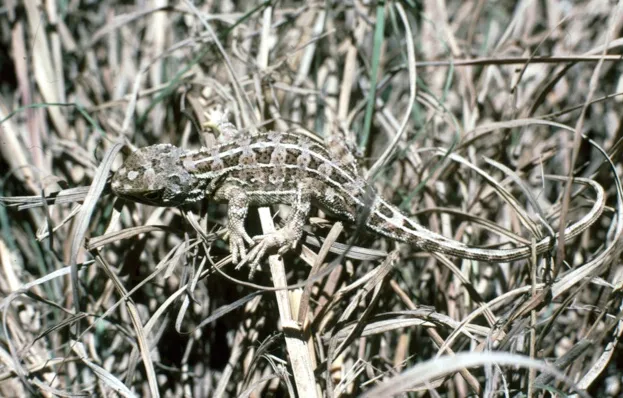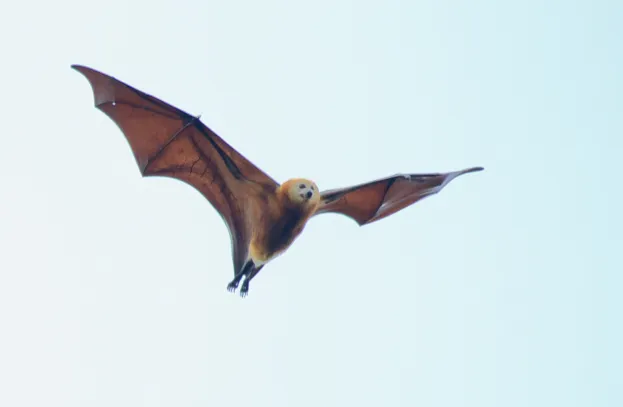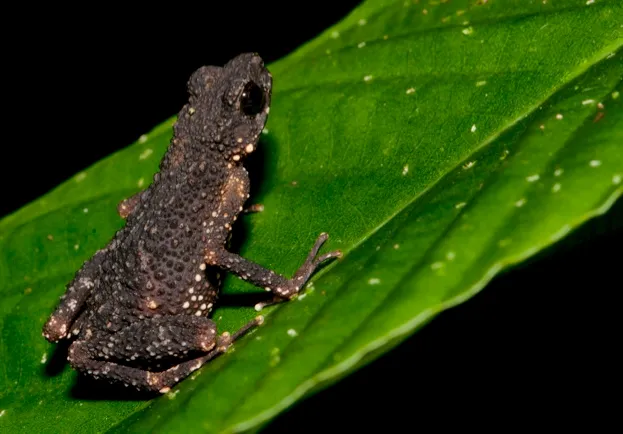The IUCN (International Union for Conservation of Nature) Red List of Threatened Species has been updated with the addition of newly assessed species around the world, including Australia’s reptiles, insects from the Azores and earthworms of Japan.
There are now 93,577 species on the Red List, and 26,197 are categorised as being threatened with extinction.
“Today’s IUCN Red List update reveals the onslaught of threats that our planet’s biodiversity is facing,” says IUCN director general Inger Andersen. “As species from Mauritius to Australia slip towards extinction we risk losing a part of our culture and our identity, as well as the life-supporting benefits these species provide by pollinating our crops or preserving healthy soils.”
The majority of Australia’s reptiles have been added to the Red List following a comprehensive survey and - of the 975 species added - many are endemic to the continent.
These unique species face a number of threats, particularly climate change and invasive species. The cane toad, introduced to Australia in 1935, is toxic and has resulted in the decline of native species which mistakenly feed on it. The Mitchell’s water monitor has suffered a population decline of 97 per cent in some areas, and is Critically Endangered.
Cats are also a problem for native species, and a recent estimate found that feral cats alone kill about 600 million reptiles each year.

Also in the latest update:
- 74 per cent of assessed insect species in the Azores are threatened with extinction
- The Mauritian flying fox is now listed as Endangered, due to a government-implemented cull to protect fruit crops

- The 43 native Japanese earthworm species have been assessed for the first time. Three of the species are threatened, and radioactive fallout from Second World War and the 2011 Fukushima Daiichi reactor explosion is one of the threats faced by the species
- The Aquilaria malaccensis tree, which produces the fragrant agarwood used for perfumery, is now listed as Critically Endangered after a decline of more than 80 per cent, due to logging and deforestation.
- The precious stream-toad Ansonia smeagol, which is named after The Lord of the Rings character ‘Smeagol’, is threatened by expanding tourist resorts in the Genting Highlands and is listed as Vulnerable.

- A reassessment of the world’s largest butterfly, the Queen Alexandra’s Birdwing Ortnithoptera alexandrae, confirms that it is still Endangered. Trade in this species was banned in 1987, but it still faces threats from habitat destruction for cocoa, rubber and palm plantations.
However, there is some good news in the update as four amphians that had been listed as either Extinct or Critically Endangered (Possibly Extinct) have been rediscovered in Colombia and Ecuador.
“While these rediscoveries are encouraging news, the species are still negatively impacted by human-induced threats,” says Jennifer Luedtke, IUCN SSC Amphibian Red List authority coordinator. “These species still have to contend with severe habitat destruction and degradation, predation by non-native trout species, chytridiomycosis, and the effects of a changing climate, highlighting the urgent need to improve the conservation of these species to prevent their extinction.”
